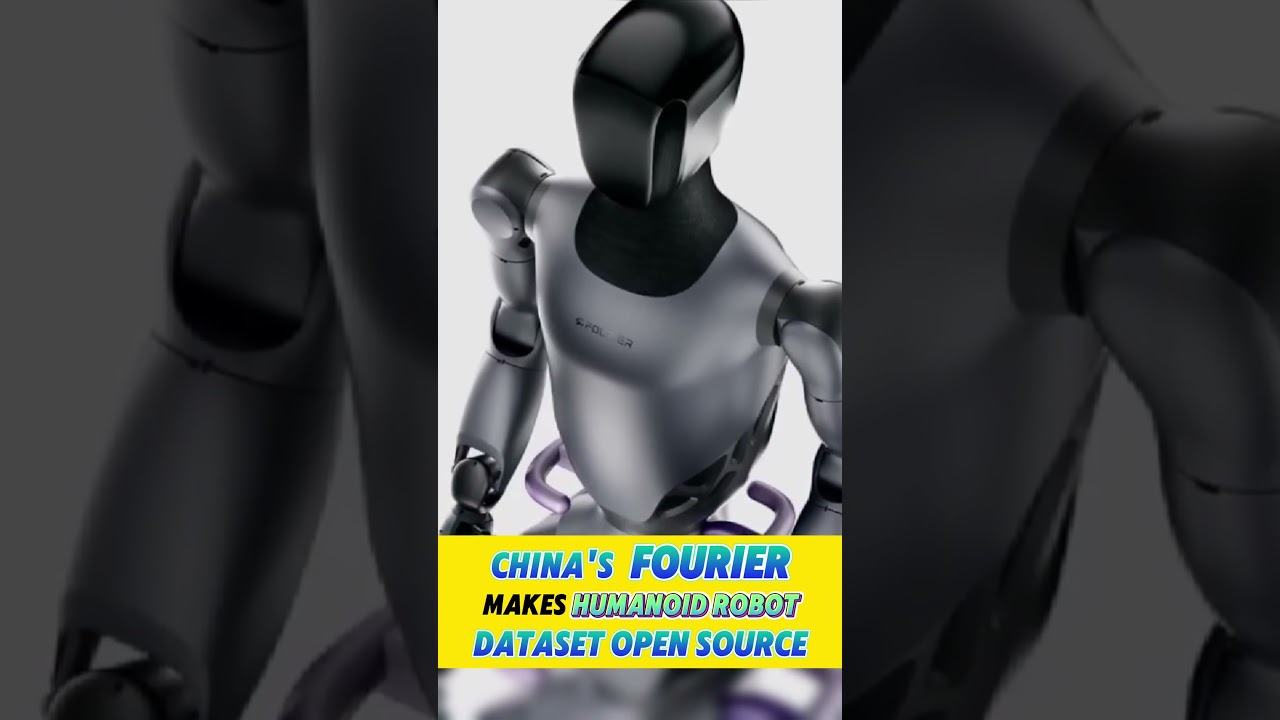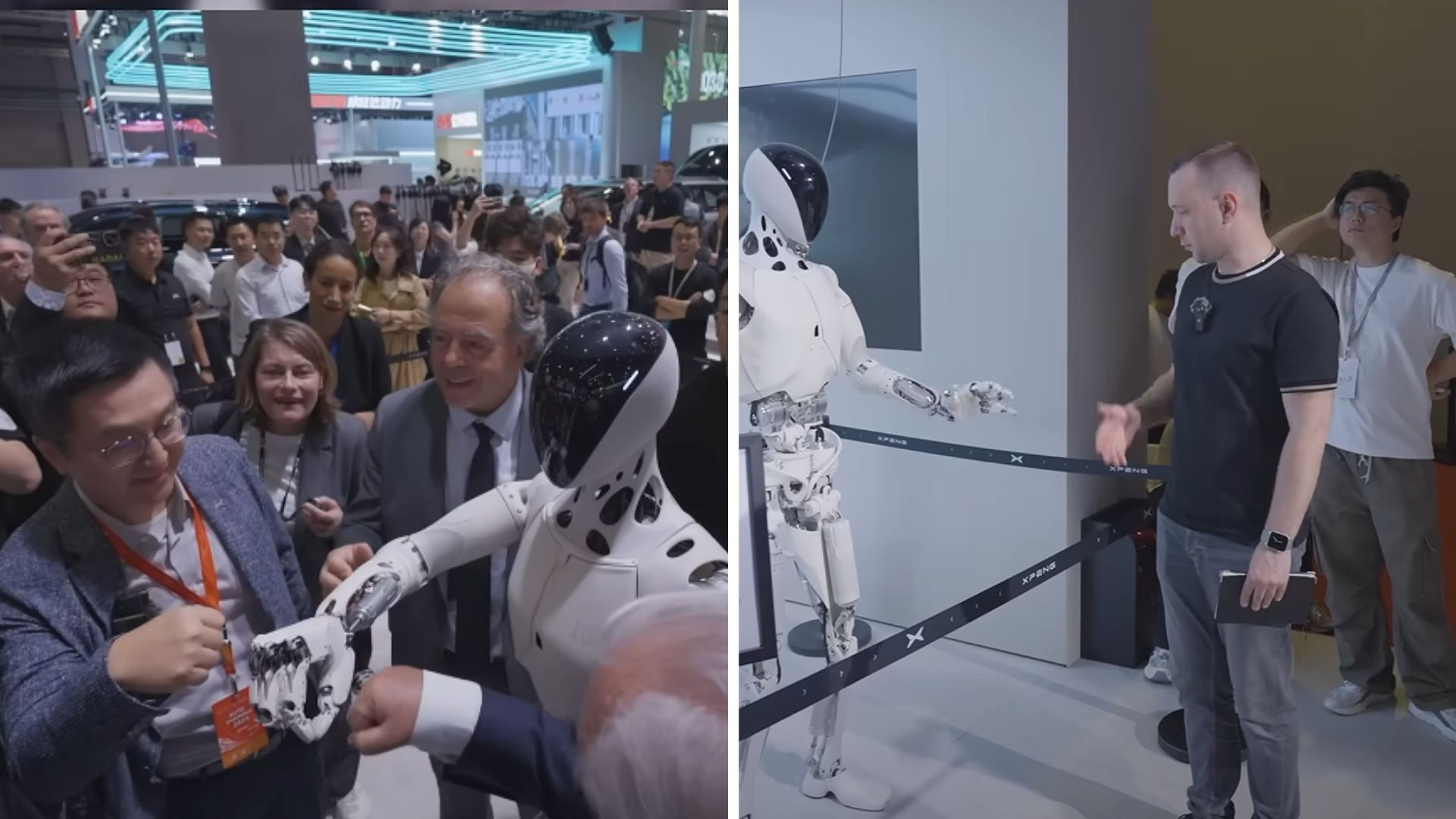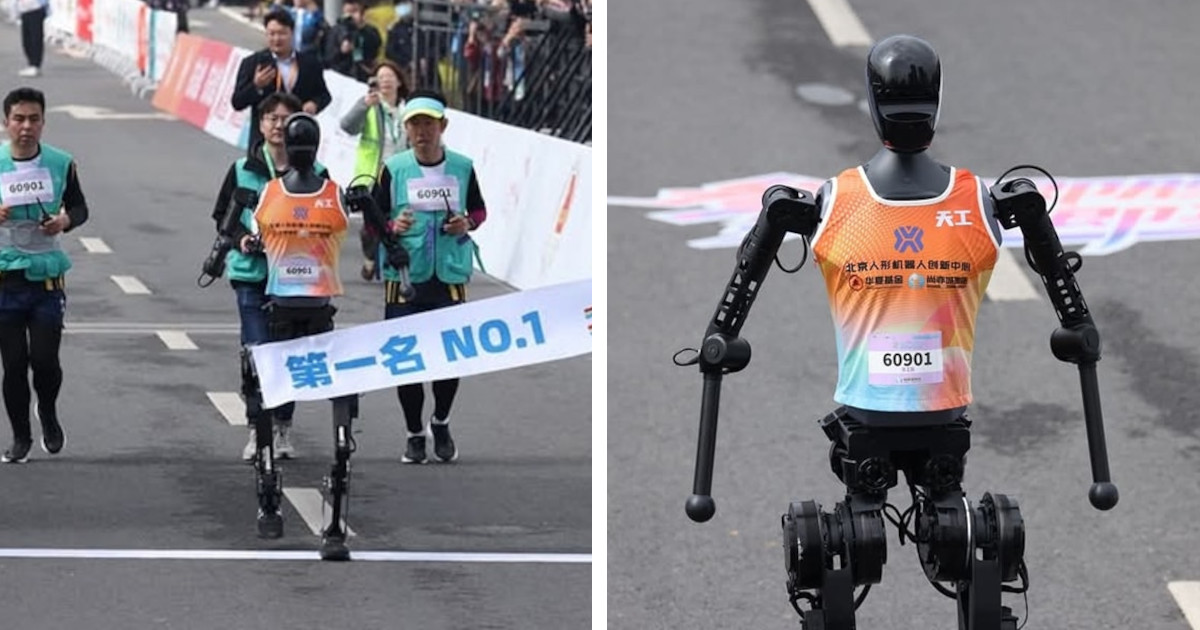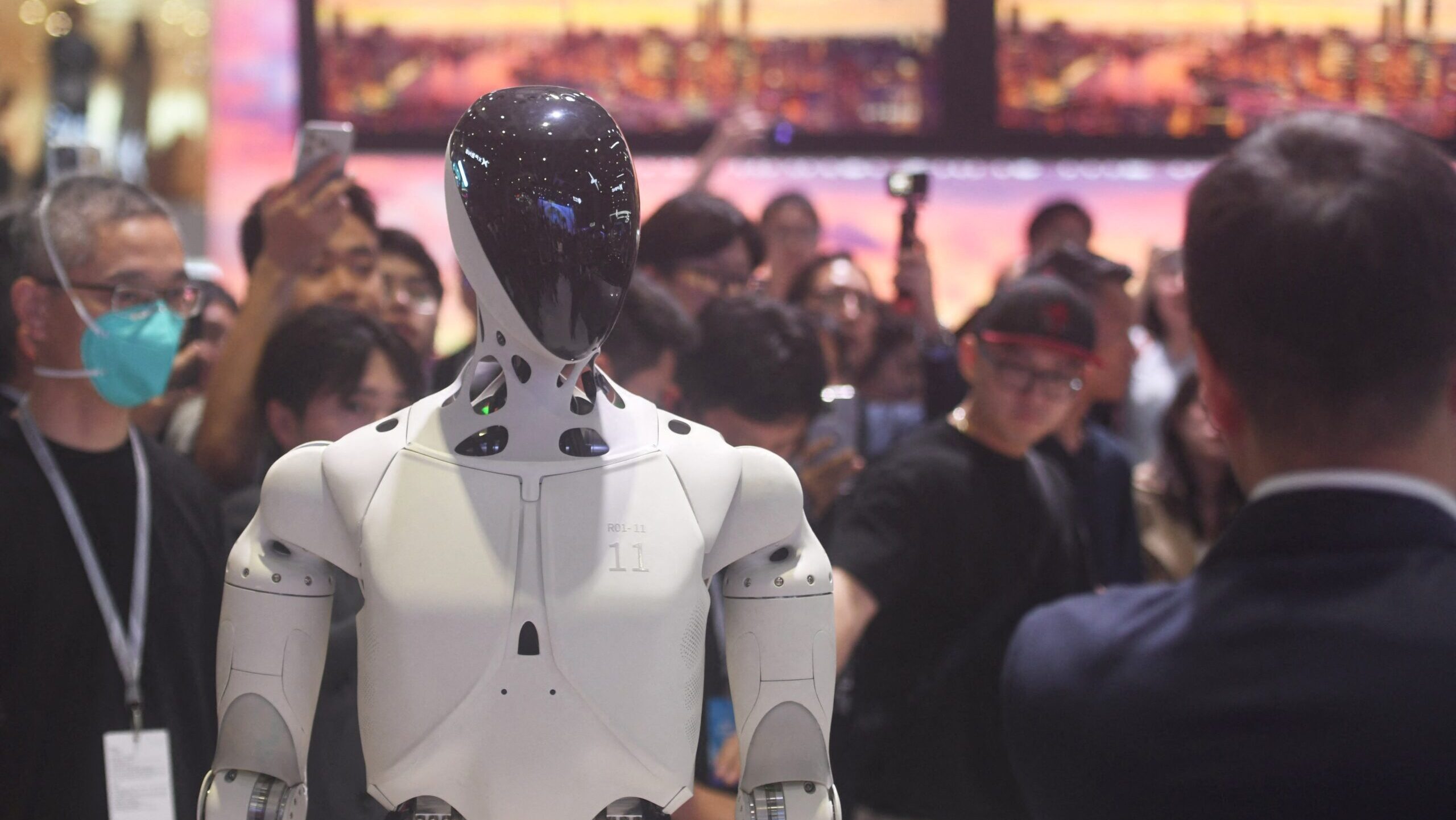and damage types.
Breathe New Life into Your Bots: How Fix4Bot.com Repairs Any Robotic Damage
The world is increasingly populated by robots. From industrial arms on factory floors to autonomous service bots navigating warehouses, and even the playful companions in our homes, robots are becoming an integral part of our lives. But like any complex machine, robots are susceptible to damage – accidental collisions, wear and tear, software glitches, and more. When those inevitable issues arise, choosing the right repair partner is crucial. Enter Fix4Bot.com – a specialized service dedicated to diagnosing and repairing virtually any robotic damage. This isn’t a general electronics repair shop; it’s a dedicated robotic restoration hub.
Beyond Simple Fixes: The Scope of Our Expertise
Many repair shops can handle basic electronic issues. Fix4Bot.com goes far beyond. We understand the nuanced complexities of robotics, encompassing mechanical, electrical, software, and control systems. Our capabilities span a staggering range of robotic platforms, from commonly used industrial models to custom-built research bots, and even specialized consumer units.
Here’s a breakdown of the types of robotic damage we routinely handle:
I. Mechanical Damage: The Physical Toll
Robots operate in demanding environments. Physical impact is a frequent culprit.
- Collision Damage: The most common form – a crash into a wall, a misaligned conveyor belt, a dropped unit. This can range from minor cosmetic scratches to significant structural damage including bent frames, broken joints, and shattered sensors.
- Repair Techniques: Our mechanical engineers utilize a variety of techniques, including:
- Precision Welding: For broken frames and structural components using techniques like MIG, TIG, and laser welding, chosen based on material (steel, aluminum, titanium).
- 3D Printing: Enables custom replacement parts for discontinued or hard-to-find components. We use high-resolution industrial 3D printers employing materials like ABS, PLA, nylon, and even metal filaments, tailored to the part’s functional requirements.
- CNC Machining: For creating precise, high-strength replacement parts from materials like aluminum, steel, and Delrin, ensuring tight tolerances and reliable performance.
- Robotic Arm Repair/Replacement: Specific expertise in repairing and replacing robotic arms, including actuator replacements, gearbox servicing, and cable management.
- Advanced Composites Repair: Utilizing epoxy resins and specialized reinforcement materials like carbon fiber and fiberglass to repair damage to composite robot bodies and limbs.
- Repair Techniques: Our mechanical engineers utilize a variety of techniques, including:
- Wear and Tear: Constant operation leads to gradual degradation. Gears wear down, bearings seize, cables fray, and joints become loose.
- Repair Techniques:
- Proactive Maintenance Programs: We offer scheduled maintenance services to identify and address wear before it causes critical failure. This includes lubrication, bearing replacements, and cable inspections.
- Gearbox Rebuilding: Complete disassembly, cleaning, inspection, and replacement of worn gears, bearings, and seals within robotic gearboxes.
- Bearing Replacement: Utilizing precision bearing presses to install new bearings without damaging surrounding components.
- Cable Replacement and Routing: Replacing damaged cables and implementing effective cable management strategies to prevent future wear.
- Repair Techniques:
- Environmental Damage: Exposure to dust, moisture, extreme temperatures, and corrosive substances can affect mechanical components.
- Repair Techniques:
- Corrosion Removal & Prevention: Chemical cleaning and coating application to prevent future corrosion.
- Sealing and Waterproofing: Applying specialized sealants and coatings to protect sensitive components from moisture and dust.
- Thermal Management Solutions: Implementing cooling fans, heat sinks, or liquid cooling systems to manage heat buildup and prevent component failure.
- Repair Techniques:
II. Electrical Damage: Powering the Problem
Electrical faults are a significant source of robotic downtime.
- Power Supply Issues: Overvoltage, undervoltage, and power surges can damage sensitive electronics.
- Repair Techniques:
- Power Supply Replacement & Testing: Diagnosis of faulty power supplies and replacement with compatible units. Thorough testing to ensure proper voltage and current output.
- Power Conditioning: Installing surge protectors and voltage regulators to protect the robot from future power fluctuations.
- Repair Techniques:
- Motor and Actuator Failure: Overheating, overload, and bearing failure can lead to motor and actuator malfunctions.
- Repair Techniques:
- Motor Winding Repair: Repairing damaged motor windings using specialized techniques and materials.
- Encoder Replacement: Replacing faulty encoders, crucial for accurate position feedback.
- Actuator Calibration: Recalibrating actuators to ensure precise movement and control.
- Repair Techniques:
- Sensor Malfunctions: Damage to sensors (cameras, LiDAR, ultrasonic sensors, force sensors) can result in inaccurate data and erratic behavior.
- Repair Techniques:
- Sensor Replacement: Replacing faulty sensors with original or compatible alternatives.
- Sensor Calibration: Calibrating sensors to ensure accurate data output.
- Cleaning and Repair of Optical Sensors: Removing dirt and debris from lenses and repairing minor optical damage.
- Repair Techniques:
- Circuit Board Repair: Short circuits, component failures, and trace damage can cripple a robot’s electrical system.
- Repair Techniques:
- SMT (Surface Mount Technology) Rework: Replacing damaged surface mount components using specialized equipment and techniques.
- BGA (Ball Grid Array) Repair: Reflowing or replacing BGA chips, often found in powerful processors.
- Trace Repair: Repairing broken circuit traces using micro-soldering techniques.
- Repair Techniques:
III. Software and Control System Issues: The Brain’s Breakdown
The robot’s software and control system are just as vital as its physical components.
- Software Bugs & Glitches: Errors in the code can cause unpredictable behavior, system crashes, and complete robot failure.
- Repair Techniques:
- Reverse Engineering: Analyzing existing code to understand its functionality and identify the source of errors.
- Code Debugging & Optimization: Identifying and fixing software bugs, streamlining code for improved performance.
- Firmware Updates & Flashing: Updating the robot’s firmware to the latest version to fix known issues and improve functionality.
- Repair Techniques:
- Operating System Issues: Corrupted operating systems or incompatible software can render a robot unusable.
- Repair Techniques:
- OS Reinstallation: Reinstalling the operating system from a clean image.
- Driver Updates: Updating device drivers to ensure compatibility with the operating system.
- System Diagnostics: Running diagnostic tools to identify and resolve system-level issues.
- Repair Techniques:
- Communication Errors: Problems with communication protocols (Ethernet, WiFi, CAN bus) can disrupt data flow and prevent the robot from functioning correctly.
- Repair Techniques:
- Network Diagnostics: Testing network connections and identifying any communication bottlenecks.
- Protocol Configuration: Configuring communication protocols correctly.
- Replacing Communication Modules: Replacing faulty Ethernet cards, WiFi modules, or CAN bus interfaces.
- Repair Techniques:
- AI and Machine Learning Issues: For robots utilizing AI, issues with algorithms and training data can lead to incorrect decision-making.
- Repair Techniques:
- Algorithm Tuning: Adjusting AI algorithms to improve accuracy and performance.
- Data Set Correction: Identifying and correcting errors in training data.
- Retraining Models: Retraining AI models with updated data to improve performance.
- Repair Techniques:
Our Technology and Expertise
Fix4Bot.com isn’t just a repair service; it’s a technological powerhouse. Our capabilities include:
- Diagnostic Equipment: We utilize advanced diagnostic tools, including oscilloscopes, logic analyzers, multimeters, thermal cameras, and specialized robotic diagnostic software, to pinpoint the root cause of problems quickly and accurately.
- Reverse Engineering Capabilities: We can reverse engineer robotic systems when documentation is unavailable or incomplete, enabling us to diagnose and repair even the most complex and proprietary designs.
- Robotics Simulation Software: Allows us to test repair solutions virtually before implementation to minimize risk and downtime.
- Specialized Robotics Engineers: Our team comprises experienced robotic engineers, electrical engineers, software developers, and mechanical technicians with expertise in a broad range of robotic platforms and technologies. We continuously update our skills to stay abreast of the latest advancements in robotics.
- Component Sourcing Network: We maintain a global network of suppliers to source rare or discontinued robot parts, minimizing downtime and ensuring timely repairs.
Why Choose Fix4Bot.com?
- Comprehensive Service: We handle all aspects of robotic repair, from mechanical and electrical issues to software and control system problems.
- Rapid Turnaround: We understand the cost of downtime. We strive to provide the fastest possible turnaround times without compromising quality.
- Expert Diagnostics: Our in-depth diagnostic process ensures accurate problem identification, preventing recurrence of issues.
- Data Security: We prioritize data security and confidentiality, employing robust measures to protect sensitive information.
- Transparent Pricing: We provide clear and upfront pricing estimates before commencing any work.
- Warranty on Repairs: We stand behind our work with a comprehensive warranty on all repairs.
Contact Fix4Bot.com today to schedule a diagnostic assessment and breathe new life into your robotic assets. [Fix4Bot.com Link] – Let us be your trusted partner in robotic repair and maintenance.











Leave A Comment